Rats, specifically Norway rats and roof rats, are common urban pests known for their proximity to humans and adaptive nature. Effective rodent control requires understanding their behaviors, focusing on prevention through inspections, sealing entry points, and cleanliness. Early identification of signs like droppings, chewed packaging, or gnaw marks is crucial. Sealing gaps over 1/4 inch, maintaining a clean home, and using baited traps are essential steps. Modern, holistic approaches prioritize non-lethal methods, including repellents, capture traps, and habitat manipulation, while addressing traditional drawbacks. Hiring professional rodent control services offers advanced techniques and guaranteed results. Post-extermination, robust practices like regular inspections, secure storage, and adherence to local laws ensure long-term prevention.
Rats infiltrating your home or property can cause significant damage and pose health risks. Understanding rodent infestations, their behavior, and various control methods is crucial for effective rat extermination. This comprehensive guide explores common types of rats, identifying signs of presence, prevention strategies, traditional and modern techniques, DIY vs professional removal, post-extermination care, and legal considerations in rodent control. Equip yourself with the knowledge to conquer rat problems effectively and maintain a pest-free environment.
Understanding Rodent Infestations: Common Types of Rats and Their Behavior
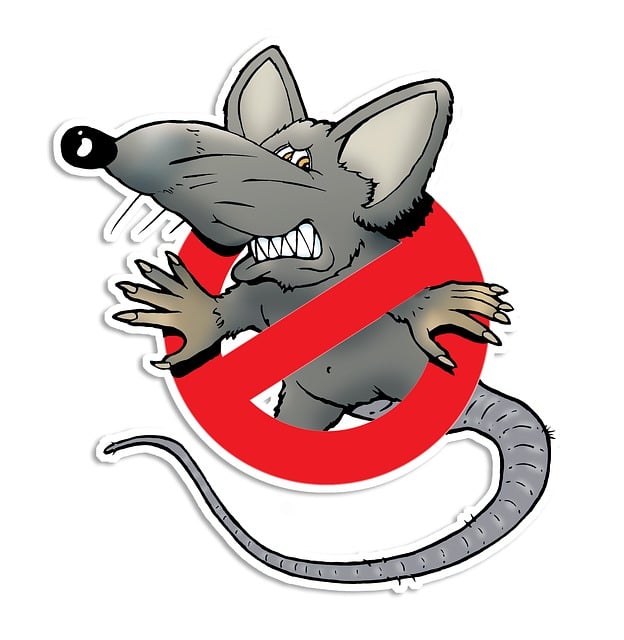
Rats are a common urban pest, with over 30 species worldwide. Two species often cause problems for homeowners: the Norway rat and the roof rat. The Norway rat, also known as the brown rat, is larger, typically measuring around 9 to 11 inches (23-28 cm) including its tail. They are robust, brown or grey, and prefer living near humans, making their way into homes through cracks in foundations, sewer systems, or even packaged goods. In contrast, roof rats, also called black rats, are smaller, growing up to 7 to 9 inches (18-23 cm) long. They are agile climbers and often enter buildings through open windows or doors, or by running along electrical wires.
Both species are social creatures, living in colonies with complex communication systems. They are also highly adaptable, quickly learning to avoid new threats. This makes rodent control challenging. Understanding their behaviors is crucial for implementing effective rodent control measures. Regular inspections, sealing entry points, and maintaining cleanliness are key to preventing infestations.
Identifying Signs of Rat Presence in Your Home or Property
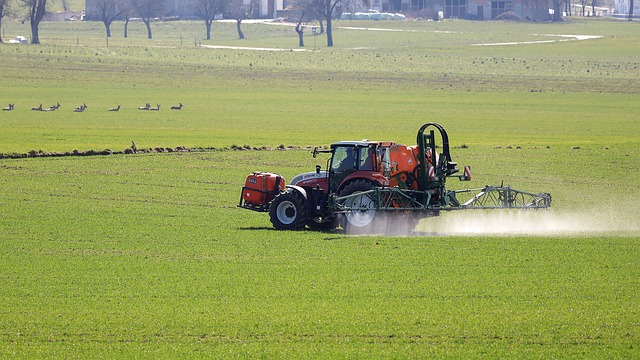
Many homeowners don’t realize they have a rat problem until the signs are already prevalent. Identifying rat presence early is crucial for effective rodent control. Keep an eye out for telltale signs such as small droppings, chewed food packaging, or distinct urine odours in dark corners and hard-to-reach areas. Rats also leave behind gnaw marks on wire, wood, or plastic items, indicating their activity.
Regular inspections are key to maintaining a rat-free environment. Look for any holes or gaps larger than 1/4 inch in walls, floors, or ceilings that could serve as entry points. Additionally, check for signs of nesting materials like paper, fabric, or insulation accumulated in hidden areas. If you notice these signs, it’s essential to act swiftly and consult professionals in rodent control to eliminate the infestation effectively.
Prevention Strategies: Keeping Rats Out Before They Move In
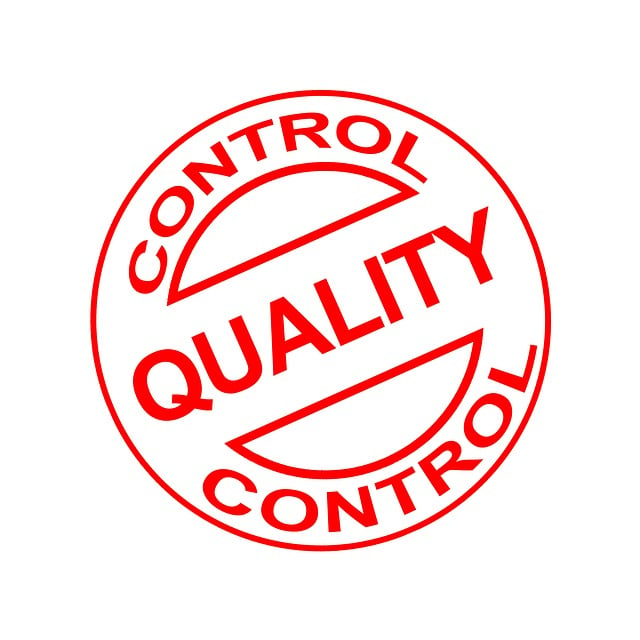
Rats are relentless invaders, but with a robust prevention strategy, you can keep them at bay before they even think of moving in. Rodent control begins with understanding their entry points and preferences. Seal up any gaps or holes larger than 1/4 inch, as these tiny invaders can squeeze through remarkably small spaces. Keep your home clean and clutter-free, removing potential hiding spots and food sources that might attract them.
A clean kitchen is essential, especially storing food in airtight containers and promptly cleaning up spills or crumbs. Regularly empty garbage bins and consider using baited traps as a deterrent. Additionally, maintaining a healthy yard with minimal vegetation against your home’s exterior can make your property less appealing to rats seeking shelter and food.
Traditional Methods for Rat Extermination: From Traps to Poisons

Traditional methods for rodent control have long relied on traps and poisons as primary tools for rat extermination. These methods, though effective, come with their share of drawbacks. Traps, whether snap or live, require regular checking and can be labor-intensive. Moreover, they may not always target only rats, leading to potential harm to other small animals or pets. On the other hand, rodent poisons, while efficient at eliminating rat populations, pose significant risks to human health and pets if mishandled or ingested accidentally.
The use of poison baits, for instance, requires strategic placement and careful monitoring to prevent non-target species from being affected. Additionally, resistance to certain poisons among rat populations is becoming more prevalent, rendering these methods less effective over time. As such, many professionals now advocate for a combination of strategies, including sanitation, habitat modification, and modern, targeted treatments, as the more holistic approach to long-term rodent control.
Modern, Humane Approaches to Rat Control: Non-lethal Solutions

In today’s world, rodent control has evolved beyond traditional lethal methods. Modern approaches focus on humane, non-lethal solutions that not only effectively manage rat populations but also minimize harm to both humans and other animals. These innovative techniques are particularly valuable in urban settings where co-existence with these pests is often necessary.
Non-lethal rodent control methods include the use of repellents, traps designed to capture rather than kill, and even biological controls such as specific bacteria or parasites that target rodents without affecting other organisms. Such strategies not only reduce the need for harmful chemicals but also foster a healthier environment. Additionally, these modern approaches often involve behavior modification techniques and habitat manipulation, ensuring long-term solutions to rodent control while maintaining the balance of ecosystems.
DIY vs Professional Rat Removal: Which Option is Right for You?

When dealing with rat infestations, homeowners often face a crucial decision: tackle the problem yourself or hire professionals. DIY rat removal can be tempting, especially for those who enjoy hands-on projects and want to save costs. However, it’s essential to consider the potential risks and effectiveness of these methods. Rats are cunning creatures and can quickly become a persistent problem if not handled properly.
Professional rodent control services offer a more comprehensive and efficient solution. Trained technicians employ advanced techniques and tools tailored to rat removal, ensuring a faster and safer resolution. They also address the root causes, such as sealing entry points and eliminating food sources, to prevent future infestations. While it might be tempting to save money by going DIY, professional services provide peace of mind and guarantee results, making them a more reliable option for effective rodent control.
Post-Extermination Care: Maintaining a Rodent-Free Environment
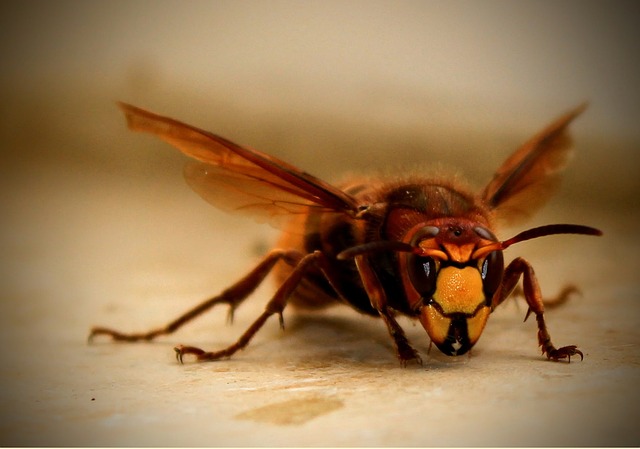
After successfully implementing rat extermination methods, maintaining a rodent-free environment is crucial for long-term rodent control. This involves a combination of preventive measures and regular inspections. Seal any gaps or entry points that might allow rats to re-enter your property, ensuring all openings are securely closed off. Regularly clean and maintain your home or business, eliminating potential food sources and hiding places. Store items in sealed containers, keep garbage bins tightly covered, and promptly clean up any spills or crumbs to minimize attraction.
Additionally, maintaining a vigilant attitude is essential. Conduct routine checks for signs of rat activity, such as droppings, gnaw marks, or strange odors. Promptly address any potential entry points or new infestations detected during these inspections. By staying proactive and adopting robust rodent control practices, you can effectively deter rats from returning and maintain a clean, safe living or working environment.
Legal and Safety Considerations When Dealing with Rats
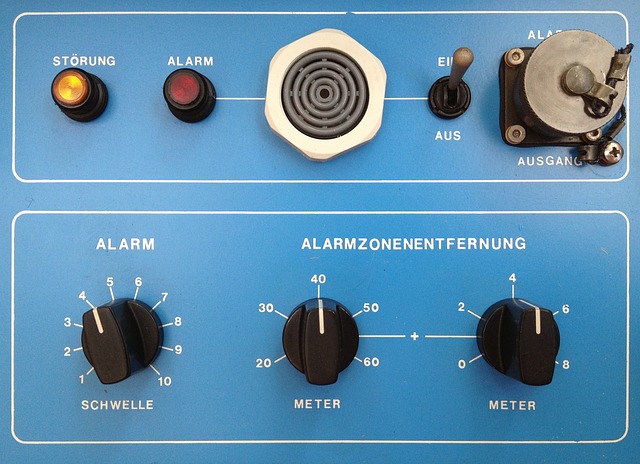
When dealing with rat extermination, it’s crucial to navigate a delicate balance between effective rodent control and adherence to legal safety standards. In many regions, handling and killing rodents are subject to stringent regulations aimed at protecting both public health and wildlife. Professional pest control services are often required to follow specific protocols, including obtaining permits for certain chemicals or methods.
Safety considerations are paramount. Exposure to rat poisons and other chemicals can pose risks to humans, pets, and the environment if not managed properly. It’s essential to use only registered and approved rodent control products, follow label instructions precisely, and store them securely out of reach. Additionally, maintaining a clean living space, sealing entry points, and removing potential food sources are crucial steps in preventing future infestations while ensuring compliance with local laws and regulations related to Rodent Control.
